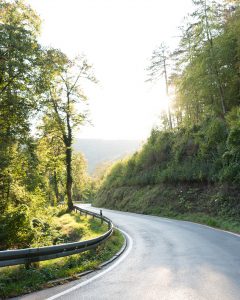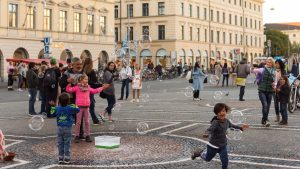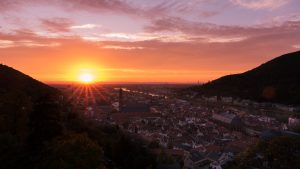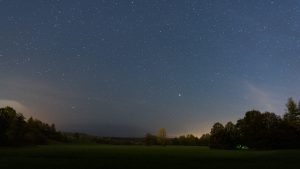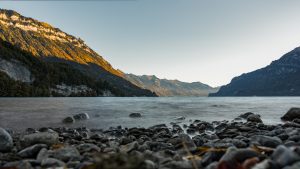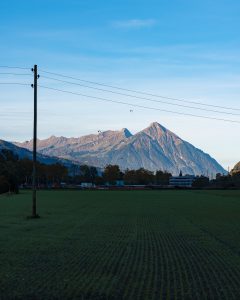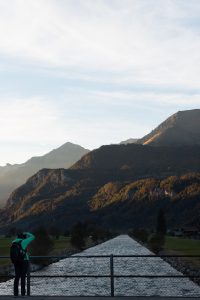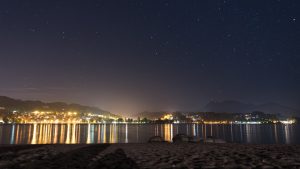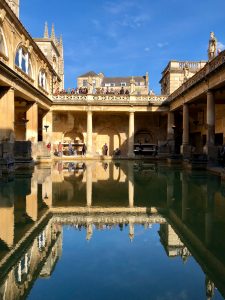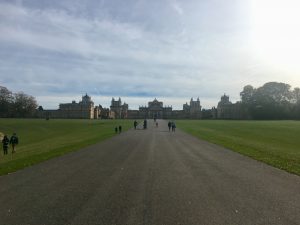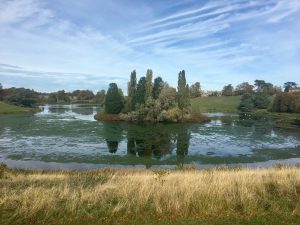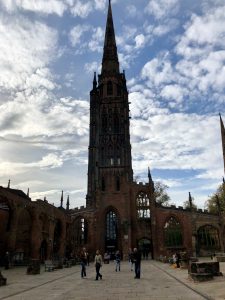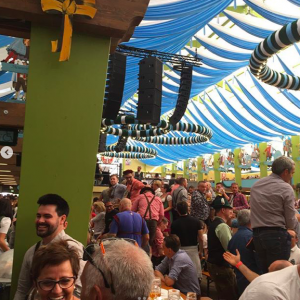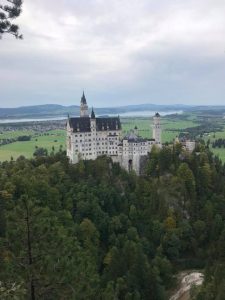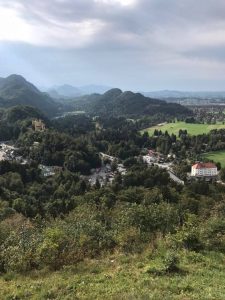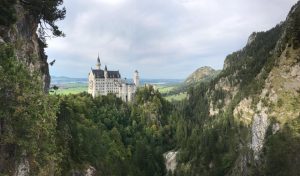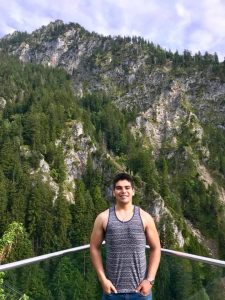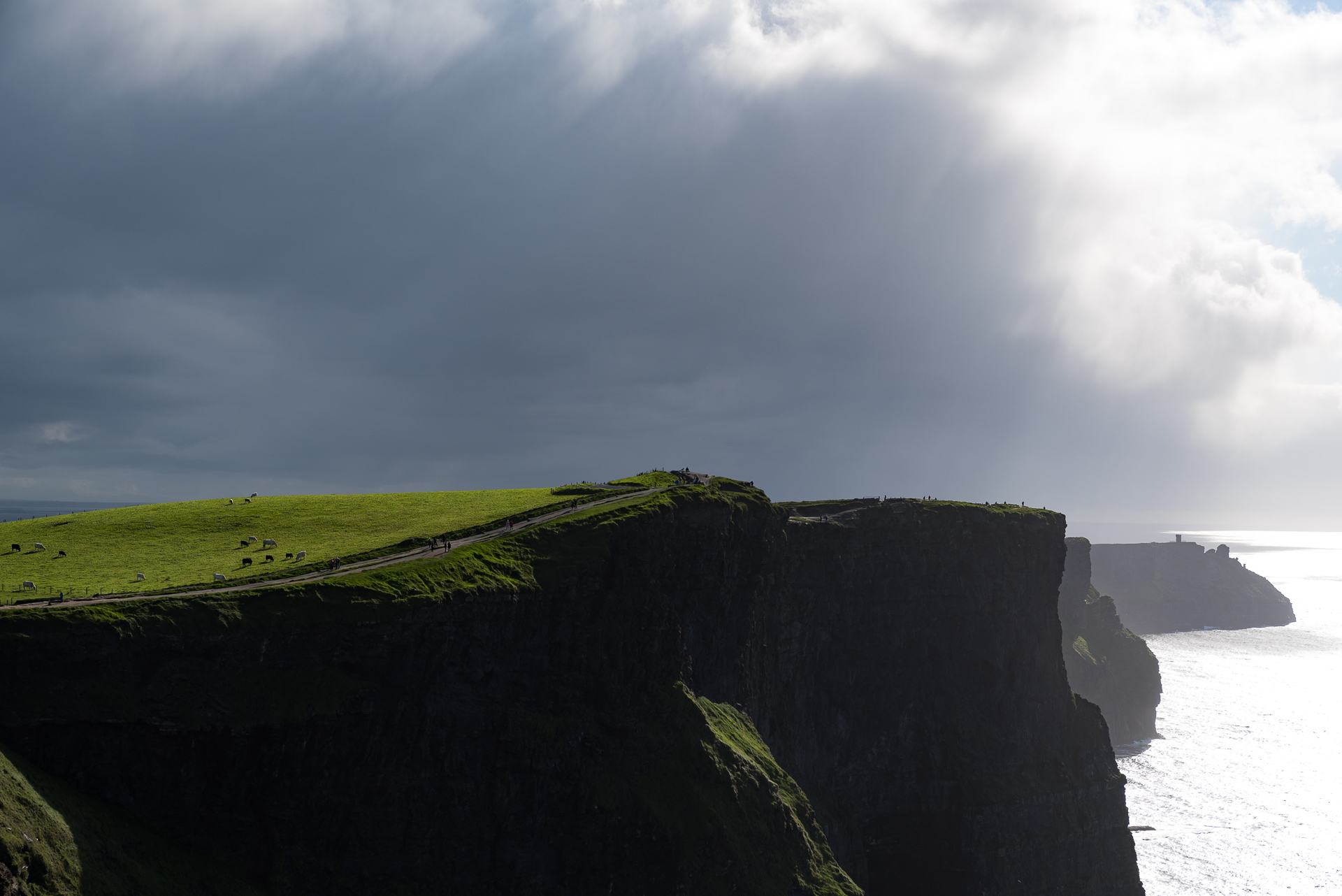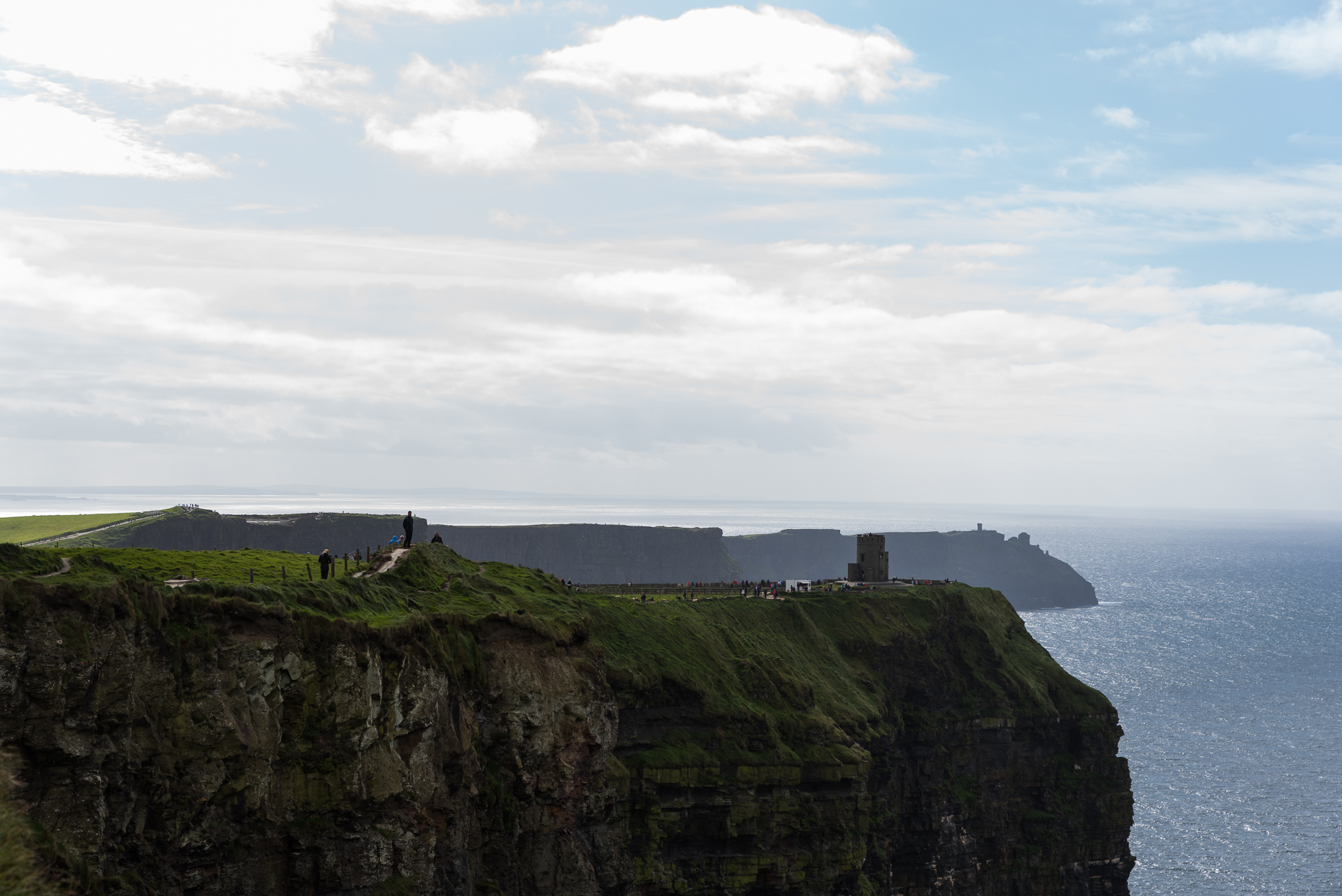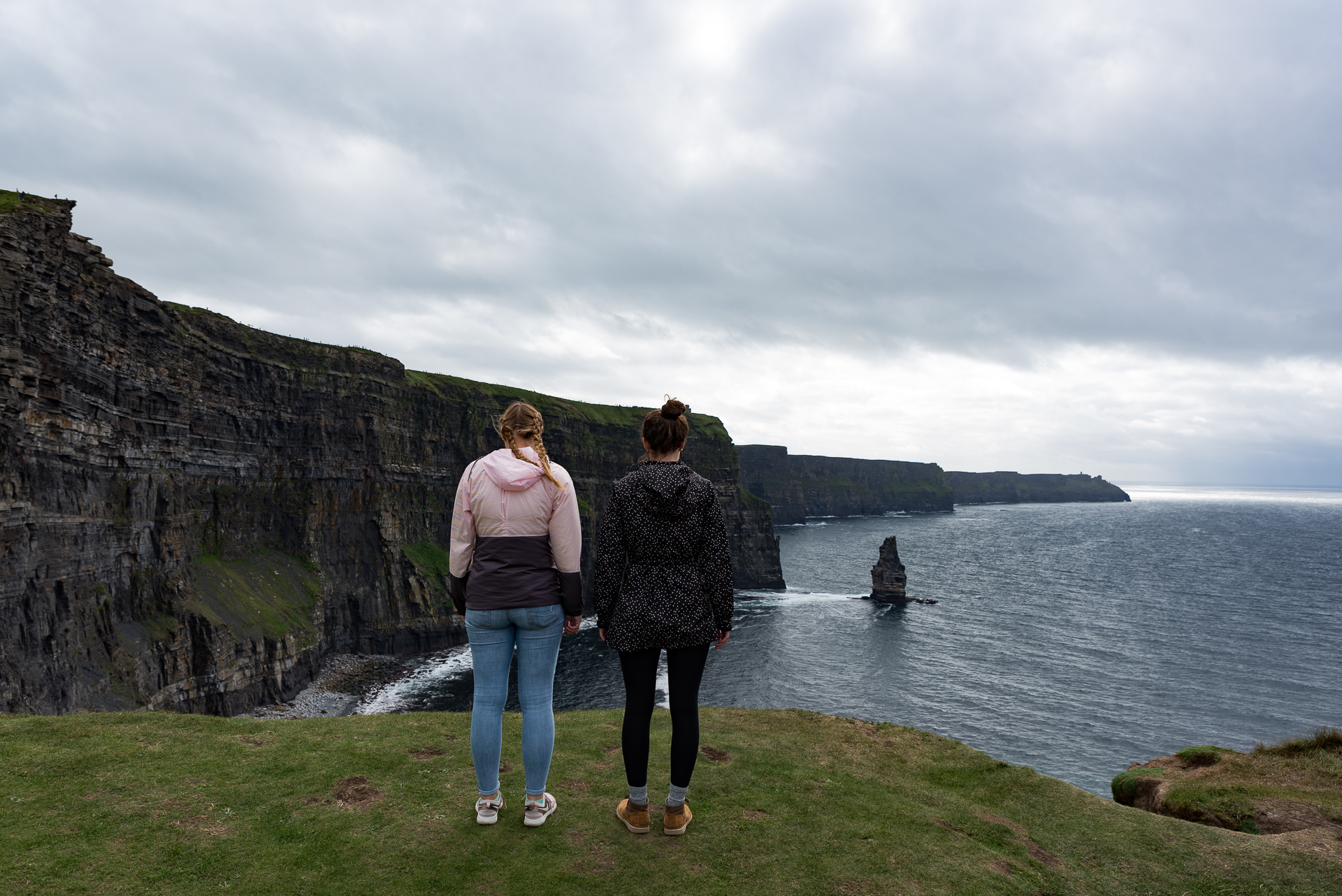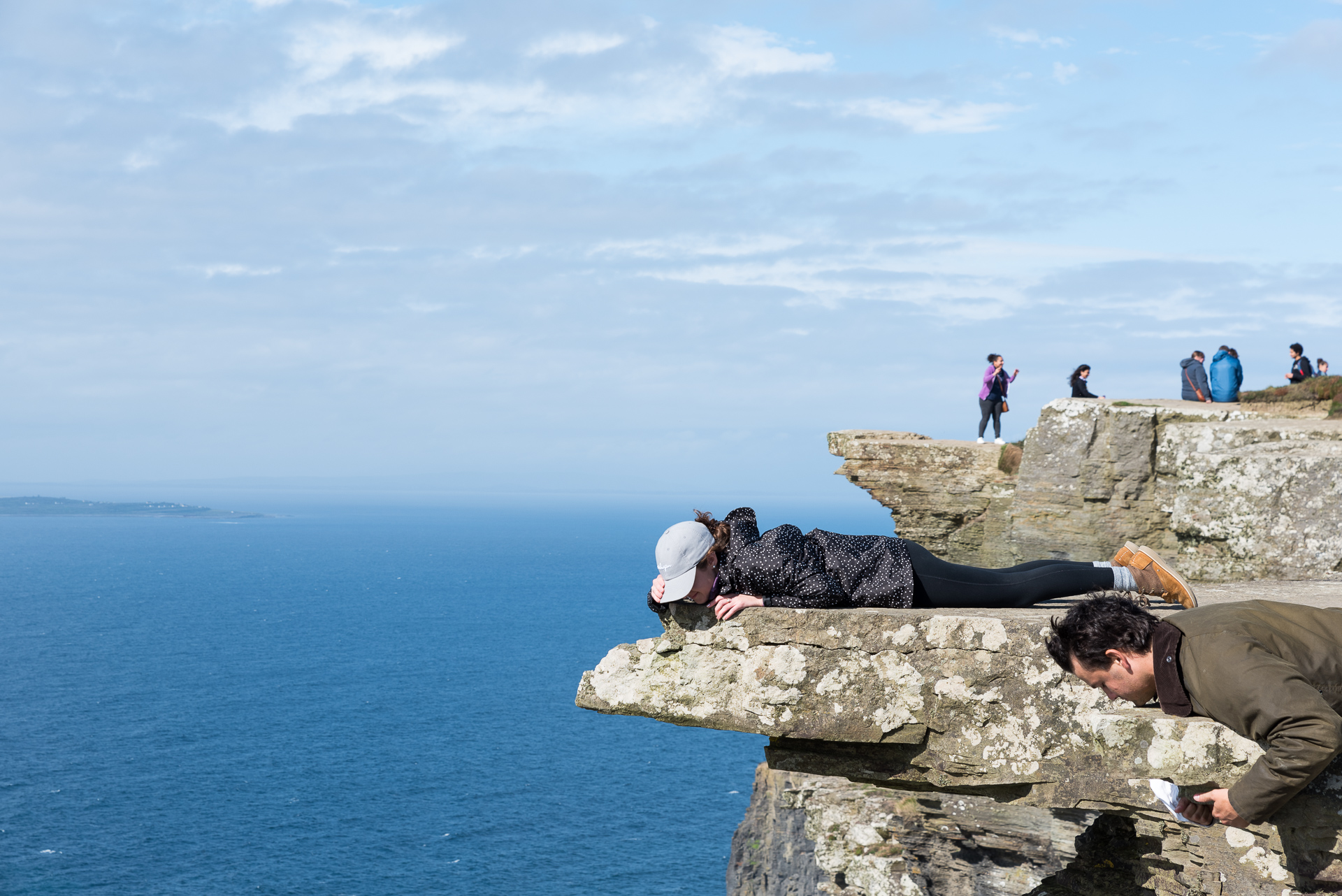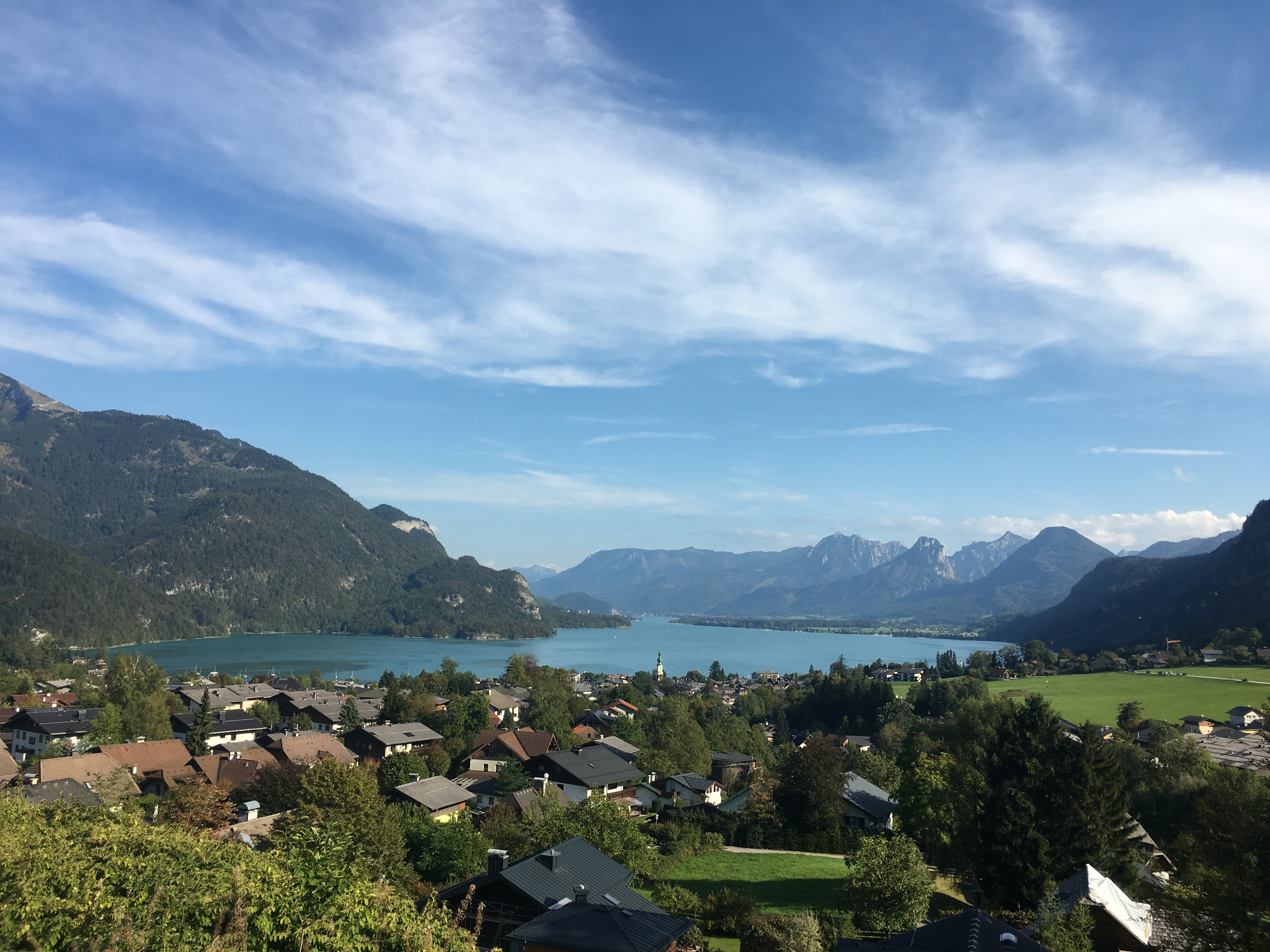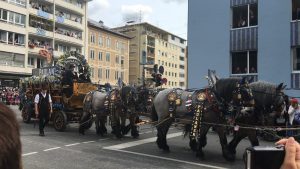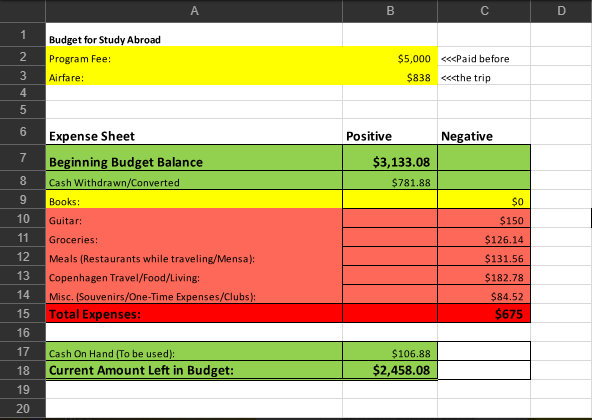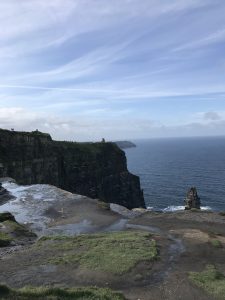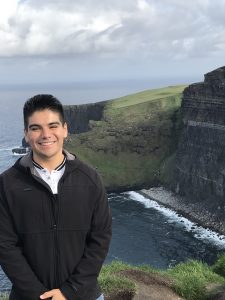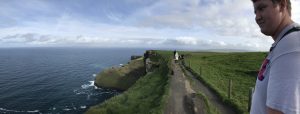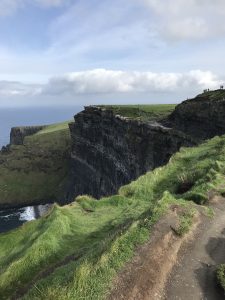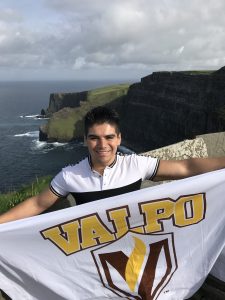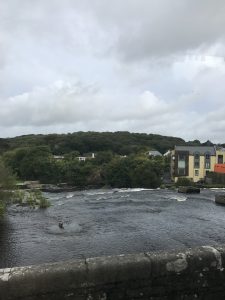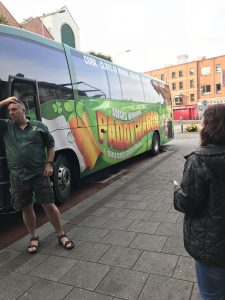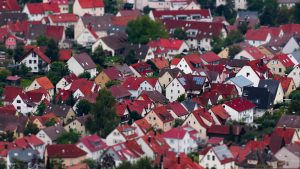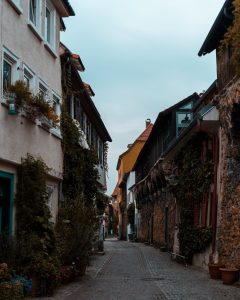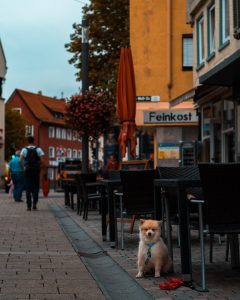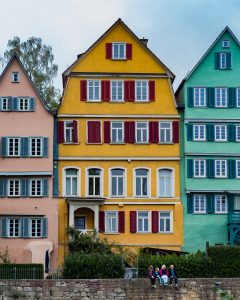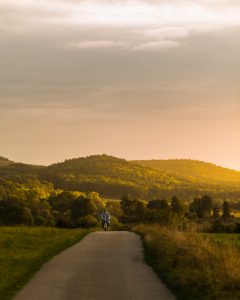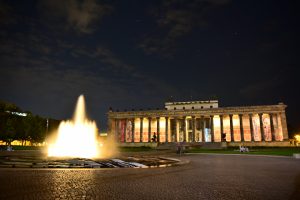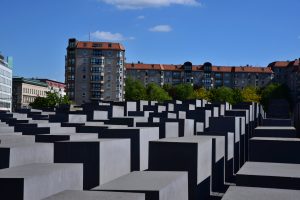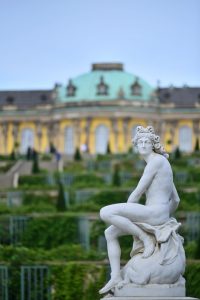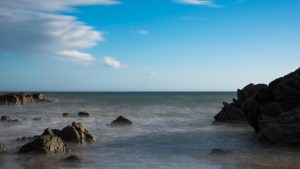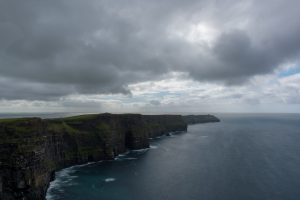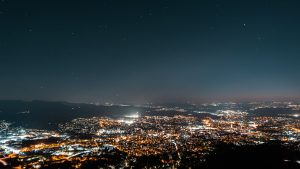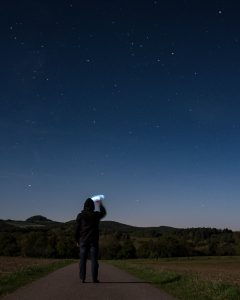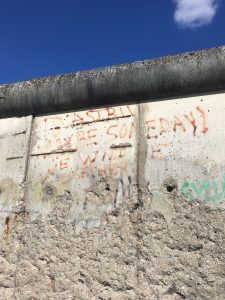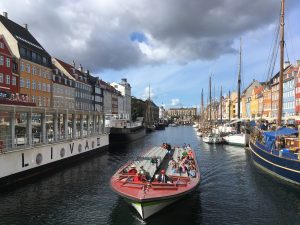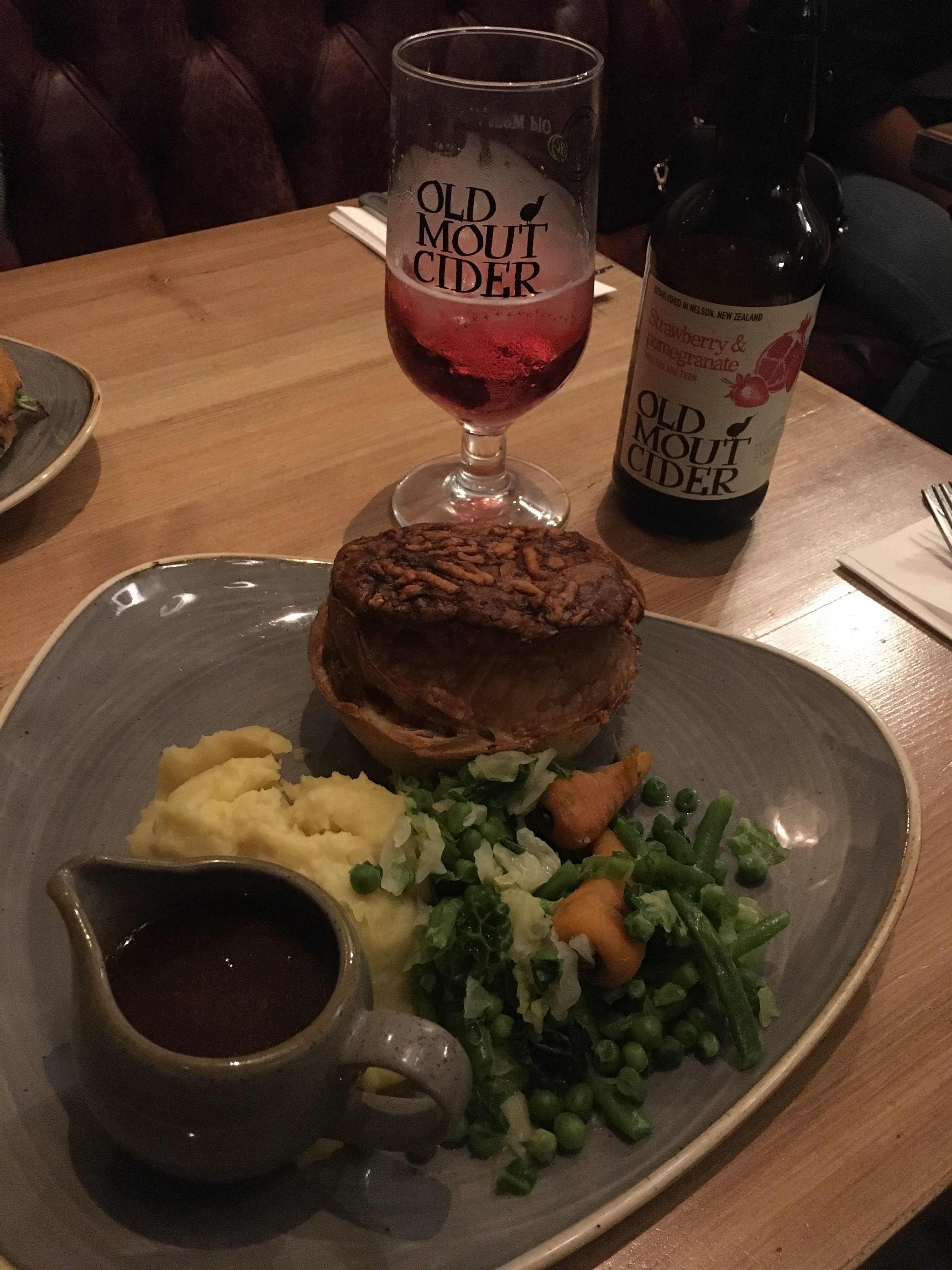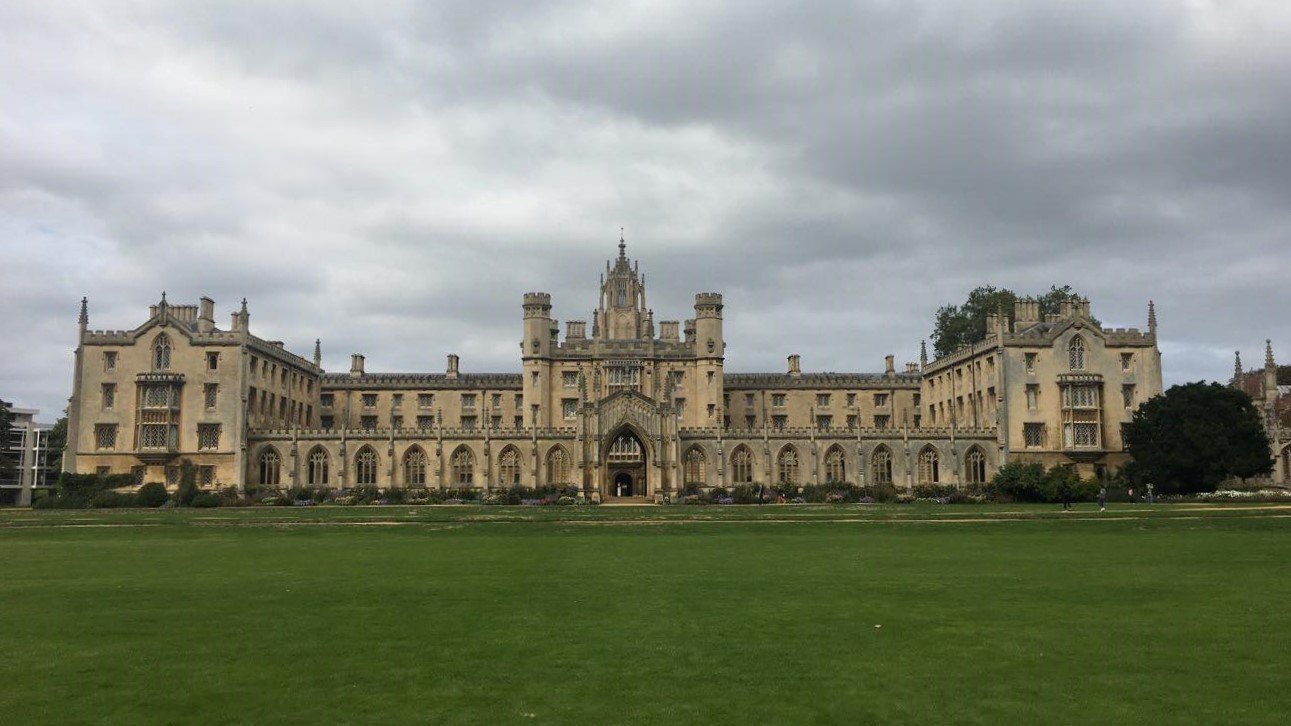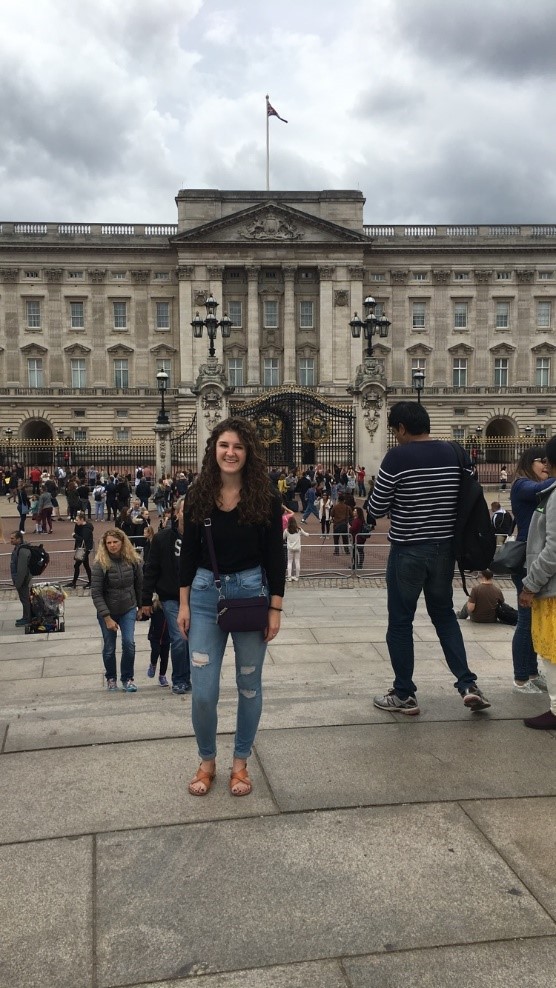Author: Shannon Ilg
Location: Reutlingen Germany
Pronouns: She/Her/Hers
This is the second set of pictures from my adventures here in Germany. Since my first set of pictures, I have done a lot of traveling outside of the country. I have been to Austria, Switzerland, Italy, Denmark, and I’m on my way to Sweden as I write. It has been so much fun, and I have learned so much. Below is the second collection of pictures I took daily of the beautiful, strange, and mundane for me, your good-ol’ average Valpo student. I hope you can take a moment to see and appreciate the little things I have photographed, feel free to skip around, and maybe even be inspired to take on your own journey!
September 19, 2018
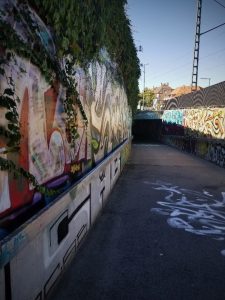
In Germany, we take the trains all the time. This is an underground entrance to one of the train stations that is particularly colorful. For the most part, the graffiti on the walls seems to have been paid installations. They are very interesting and colorful; it always gives you something to think about or appreciate. While traveling around Germany, make sure to keep your eyes open, because sometimes you’ll stumble upon really cool murals on the back of buildings or similar places where you wouldn’t necessarily expect.
September 20th, 2018
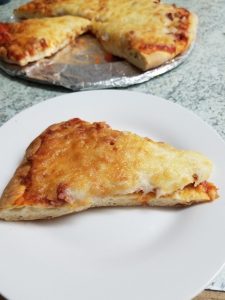
Here you see the first (and only, up to this point) attempt to make a pizza from scratch with the limited resources that my friend and I could find here. I purchased a circular metal plate for one euro to use as a pan which has actually been quite a good purchase. Since then it has been a plate, a lid to a pot of carrots and potatoes, and a tray to carry other dishes back and forth to my room.
Anyways, the pizza was actually really good. The only weird thing was that we used pasta sauce instead of pizza sauce or tomato paste, so it had a little bit of a strange flavor.
September 21st, 2018
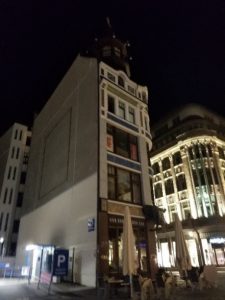
We made our final full group trip to Liepzig which ended up being kind of a smaller version of Berlin. This building caught me off guard because it was so, you know, chopped in half. It was a really interesting café with statues of elephents in front of it.
September 22nd, 2018
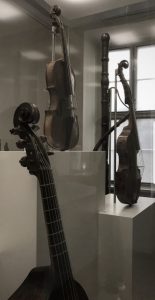
Our second day in Liepzig we went to a Bach Museum. Around the museum, you could listen to the different musical arrangements that Bach had written, and in the room pictured above, you could listen to different pieces and decide which instruments you wanted to hear by pushing buttons on and off for each instrument. It was quite interesting.
Another cool thing about this museum was how evolved it was for the blind. It makes sense that a museum about music would be somewhere a blind person would enjoy, but they really go out of their way to make sure it is welcome and easy to enjoy for those who cannot see. At one point there were organ pipes hung from the ceiling that when you touched them, they played different musical compositions. In the above room, there was a book explaining every instrument in Bach’s time. Each page had a plastic page in front of it with braille, and the pages with pictures had a plastic page in front of it with a three-dimensional model of the instrument. I was very impressed that such accommodations were made so that those who cannot see have a wonderful museum to explore while discovering the beautiful history of music.
September 23rd, 2018
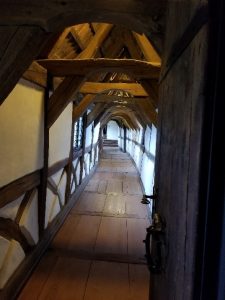
This is Wartburg castle where Martin Luther hid after nailing his theses to his church’s door. We went on a tour throughout the castle and got to explore the halls for several hours. The day we were there it was rather rainy which made the view outside foggy and after leaving, we all got soaked to the bone. In general, it was a good fun trip: standing in the rain when everyone is just as soaked as you never fails to bring a few smiles.
September 24th, 2018
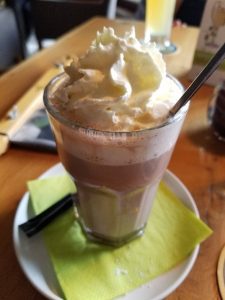
After our final day in Liepzig, we all went off to go on our own smaller excursions. A friend and I decided that Austria would be our next stop. This was a delicious hot chocolate from a small café we ate at while waiting to check into our Airbnb.
September 25th, 2018
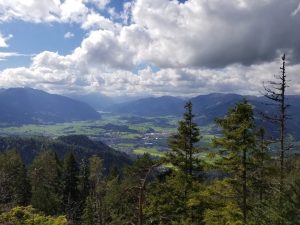
We had one full day in Austria, and we decided to climb a mountain. It was a beautiful journey up, every turn different and more amazing than the one before. By the time we reached the top, it was pretty steep, and I tripped and fell, scraping my leg pretty good on a rock. We ate at a quiet restaurant at the top and then headed back down. Let me tell you, I laugh at every time I ever thought as a kid ‘dang it, I really wish I was going downhill’ when I was going uphill. I am not a mountain climber; I was clad in plain tennis shoes with a bit of a cold, along with a high level of clumsiness. I slipped and fell like at least twelve times on the way down. I honestly never felt so incapable of anything in my entire life, where every single step I took was one step closer to complete and utter failure. But even so, it was so much fun, and unbelievably beautiful. I would do it again in a heartbeat.
September 26th, 2018
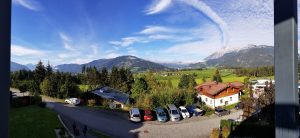
Just look at this wonderful view we had from our Airbnb. Down the hill on the left is a field full of very large friendly cows. On the right is a beautiful panoramic view of mountains all around. Behind the photo where you cannot see is the mountain that we climbed. Everything was so unbelievably beautiful, and I would recommend the Austrian countryside to anyone looking for a calm and stunning view.
September 27th, 2018
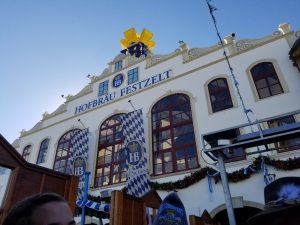
Welcome to the Oktoberfest, in Munich! First things first… Thursday was a great day to go. It was lively, but we could still get a seat to get a drink. It was not impossible to walk. It was a blast!
In case you don’t know exactly what the Oktoberfest is, it is a German festival with wonderful food, music, beer, and carnival rides. I have also heard that the Munich Oktoberfest is actually not quite as genuine as some of the smaller cities’ versions of Oktoberfest because it has been turned into a bit of a tourist attraction. Of course, this makes sense, but it did not make it any less enjoyable for me… because I am a tourist.
September 28th, 2018
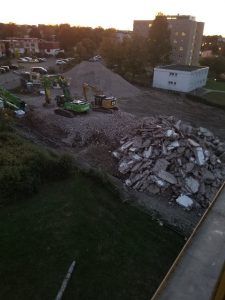
This entire semester, they have been tearing down this building. In this picture, I was standing on the seventh floor of one of the apartment buildings that Valpo students are staying in. Behind the large pine tree in the top right you see the other building where we are staying. That’s my building. In between there used to be a third similar building but now all that is left is several piles of rocks. Oftentimes, I wake up in the wee early morning to the sounds of construction, or rather destruction vehicles. It has been quite interesting to see the complete process of the tearing down of the building.
September 29th, 2018
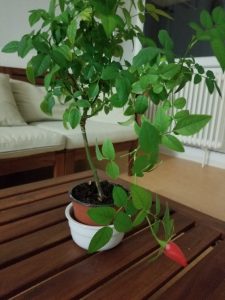
This is a little potted plant in the communal kitchen/lounge on my floor. It was just sprouting a flower in this picture. At the beginning of the semester there was a cute note next to it asking people to make sure it was watered while the owner was gone. Thankfully it survived and is here to show us cute little red flowers.
September 30th, 2018
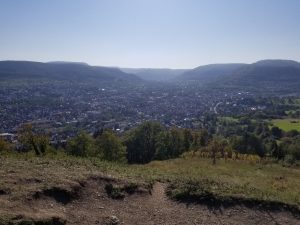
This is the top of Georgenberg, a mountain on the outskirts of town where you can see the entirety of Reutlingen. It makes for a decent hike and a beautiful view. My favorite thing about it is that from the top you can see and point out pretty much every major place we had been to in Reutlingen. You can see our dorm buildings and the University, you can see the Church downtown and between the two you can see everywhere else that we had been in town.
October 1st, 2018
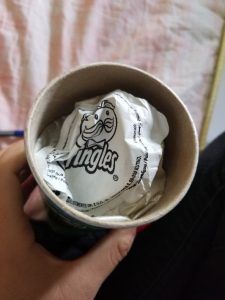
This was an issue that I have had a couple times eating Pringles. When I went to open the can, the inside foil covering peeled away from the cardboard. It’s not particularly strange or anything, it just hadn’t ever happened to me before. But it of course does not affect the quality of the beloved Pringles so I still enjoyed them.
October 2nd, 2018
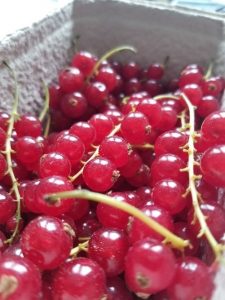
Above you see Johannesbeeren. It is a delicious fruit that I discovered at a local farmer’s market. I had never eaten or even seen them before but guess what? They are around in the US, too! It’s a currant! I mean, I just never thought that you can eat them plain and not cooked in anything. They are wonderfully sweet and sour, and you can literally put the whole stalk of them in your mouth and pull out the stalk and eat all of them at the same time. They are so fun to eat, and I am definitely going to see if I can find them as well in the US when I return.
October 3rd, 2018
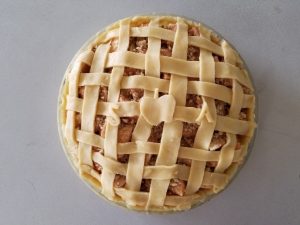
Above is our perfect, uncooked pie. It is made with apples directly off of a tree, and a wonderful blend of sugar and cinnamon (I haven’t been able to find brown sugar though, which is okay, just a little weird for pie). It turned out a little bit overcooked on the top and a little bit undercooked on the bottom, full of an inch of liquid from the apples… It tasted delicious, but this picture is definitely more fun to look at than the one of the cooked pie. Hey, but pie is pie, and it was a blast making-and eating-it.
October 4th, 2018
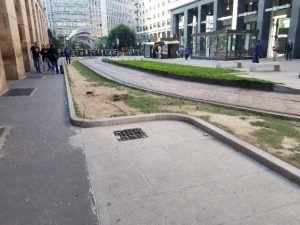
Here you see the first super interesting thing about Milan, Italy. I took a weekend trip there with a couple others and we ended up having a really fun time. In this picture you can see the track for the streetcars going right through the grass. There were other places where the grass was even growing in between the tracks. As for the rest of Milan, there were beautiful plants and flowers growing everywhere. And I mean everywhere. They were even abundant on the sides and rooves of buildings. I really enjoyed the feeling from this, as it gave the city a very green appearance and feeling.
